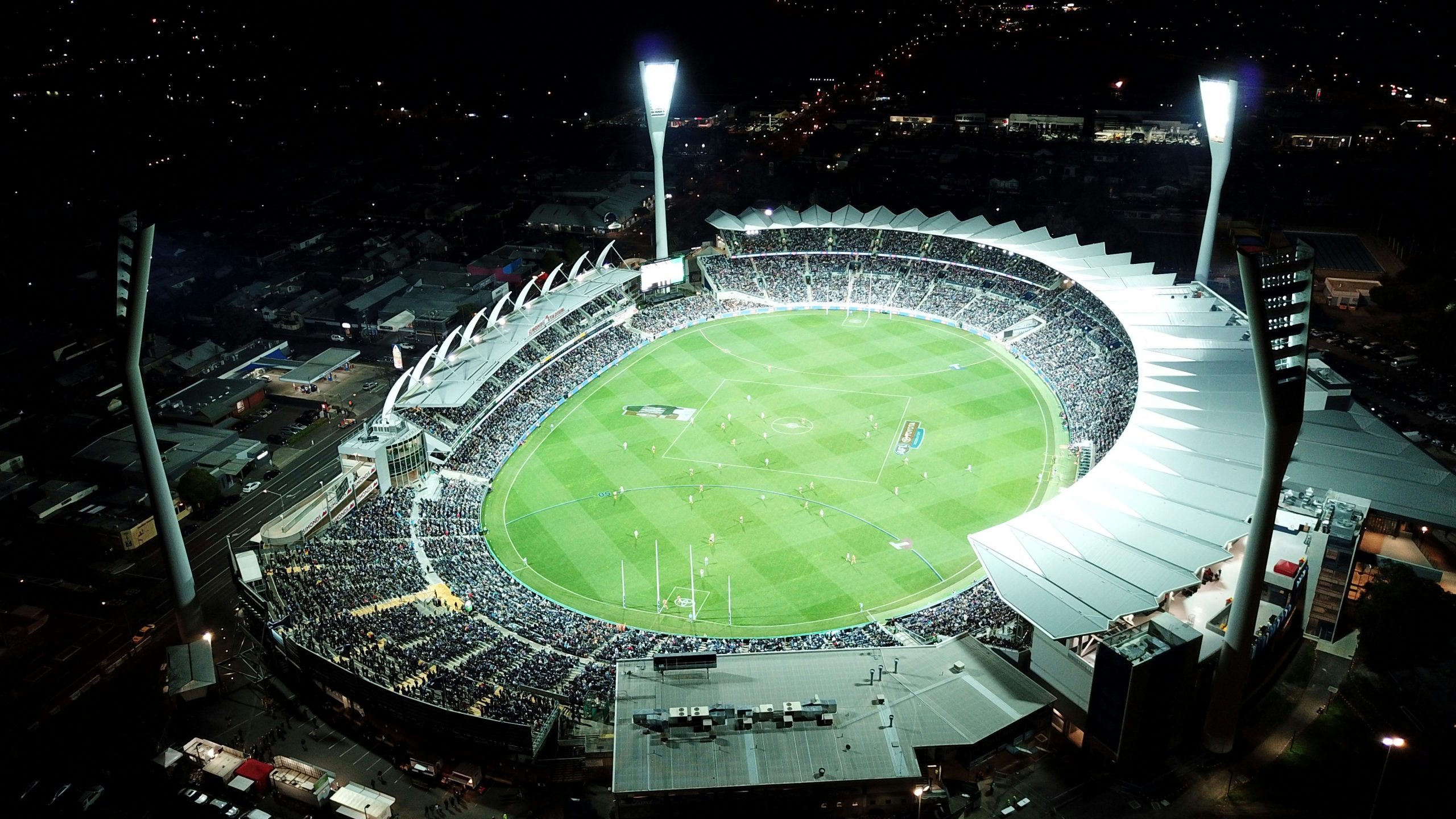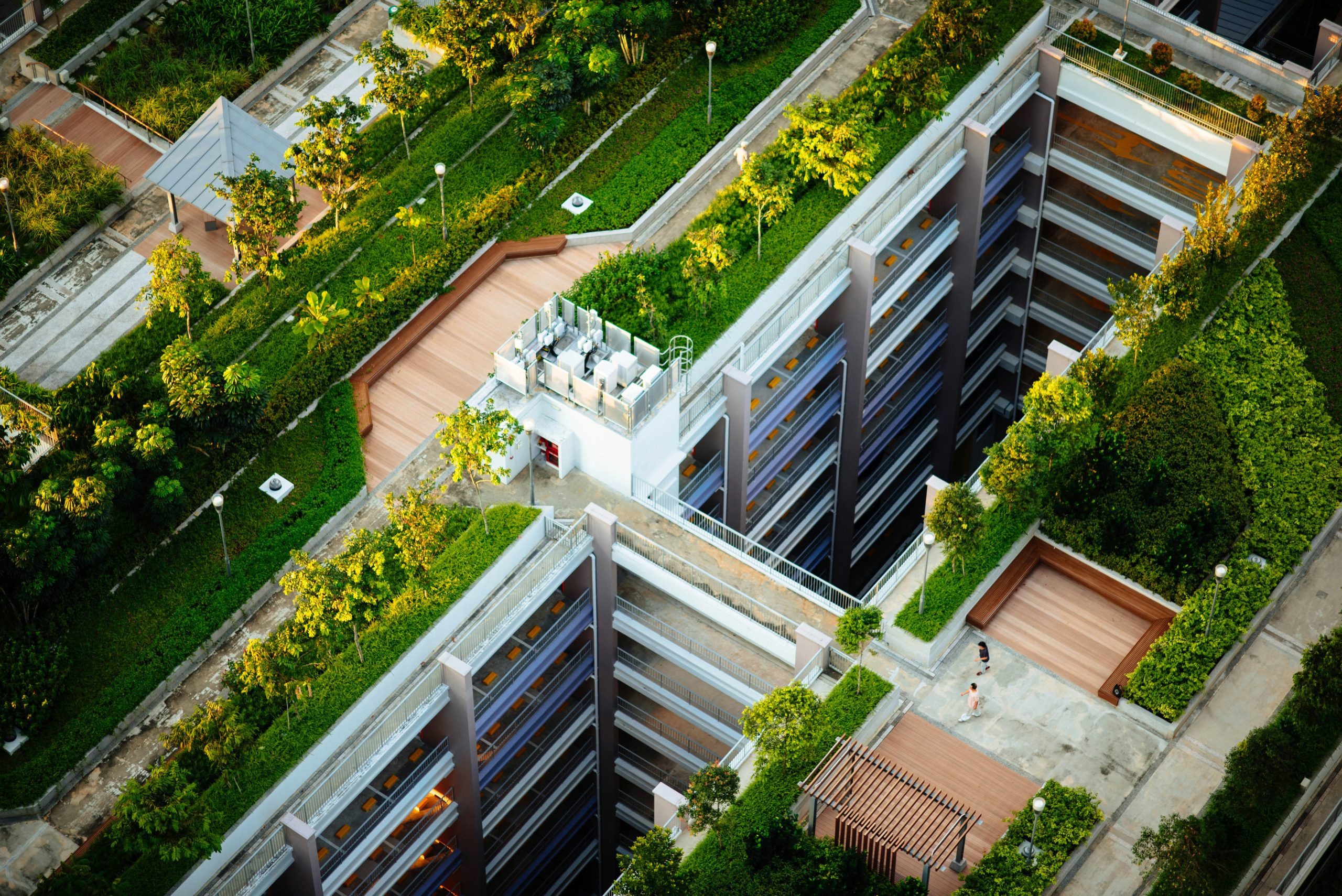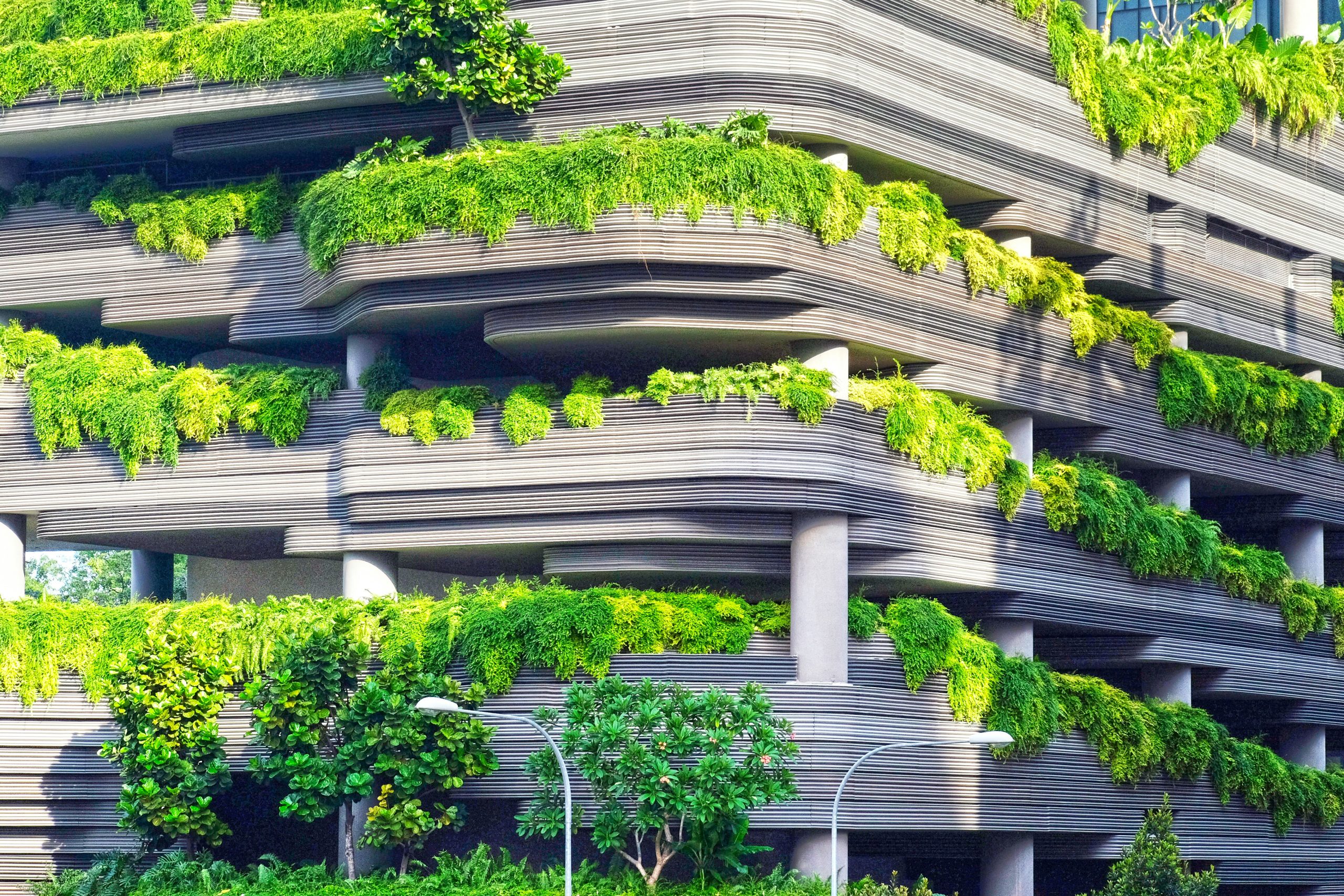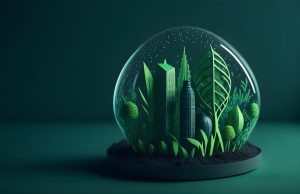What Are Some Sustainable Design Strategies For Urban Areas?
In our ever-evolving urban landscapes, it’s becoming increasingly essential to consider how we can design cities that are not only efficient and beautiful but also sustainable. From green roofs and urban gardens to energy-efficient buildings and integrated public transportation systems, there are numerous strategies we can adopt to create healthier, more resilient urban environments. By embracing these sustainable design practices, we ensure that our cities can thrive for generations to come, providing a high quality of life for all residents while minimizing our environmental footprint. Let’s explore some of the key strategies that can help us achieve truly sustainable urban development. Have you ever wondered how we can design our cities to be more sustainable and environmentally friendly? As we continue to grapple with climate change and urbanization, it’s more crucial than ever to consider how our urban areas can incorporate sustainable design strategies. By doing so, we not only help conserve our planet’s resources but also create healthier, more liveable cities for all of us.
Introduction to Sustainable Urban Design
Sustainable urban design aims to minimize environmental impacts while enhancing social equity and economic viability. It encompasses various fields, including architecture, landscape design, urban planning, and engineering, to create urban environments that are resilient, livable, and resource-efficient.
By integrating principles of sustainability in our urban planning, we can mitigate the effects of climate change, reduce pollution, and create more equitable communities.

Strategies for Sustainable Urban Design
To achieve sustainability in urban design, there are several strategies that we can implement. These strategies address various aspects of urban living, including transportation, energy consumption, waste management, and green spaces.
Green Building Design
Green building design is about creating structures that are environmentally responsible and resource-efficient throughout their lifecycle. This includes:
- Energy Efficiency: Buildings should be designed to maximize natural light and ventilation, reducing the need for artificial lighting and air conditioning. High-performance glazing, insulation, and energy-efficient appliances can also reduce energy consumption.
- Water Efficiency: Incorporating features like rainwater harvesting systems, low-flow fixtures, and water-efficient landscaping can significantly reduce water usage.
- Materials: Using locally sourced, recycled, and low-emission materials can help reduce the carbon footprint of new buildings.
Renewable Energy Integration
Incorporating renewable energy sources into urban areas can significantly reduce our dependence on fossil fuels. Solar panels, wind turbines, and geothermal energy systems can be integrated into buildings and public spaces to provide clean, sustainable energy.
Here’s a look at popular renewable energy sources we can use:
- Solar Energy: Installing solar panels on rooftops or in open areas can harness the sun’s power for electricity and heating.
- Wind Energy: Urban areas can benefit from small-scale wind turbines, especially in regions with consistent winds.
- Geothermal Energy: Using the earth’s natural heat, geothermal systems can provide efficient heating and cooling for buildings.
Sustainable Transportation
Transportation contributes significantly to urban pollution and carbon emissions. Sustainable transportation strategies include:
- Public Transport: Enhancing and expanding public transport networks can reduce the number of private vehicles on the road, lowering emissions and traffic congestion.
- Cycling and Walking: Developing safe and accessible pedestrian and cycling infrastructure encourages more people to use these modes of transport, reducing reliance on cars.
- Electric Vehicles (EVs): Promoting the use of EVs and installing charging stations can help reduce emissions from traditional internal combustion engine vehicles.
Urban Green Spaces
Green spaces like parks, gardens, and green roofs offer numerous environmental, social, and economic benefits. They help reduce urban heat islands, improve air quality, and provide areas for recreation and social interaction.
Benefits of Urban Green Spaces
- Environmental: Green spaces absorb greenhouse gases and pollutants, contributing to better air quality. They also support biodiversity by providing habitats for various species.
- Social: Parks and gardens offer areas for physical activity, relaxation, and community events, fostering social cohesion and improving mental health.
- Economic: Attractive green spaces can increase property values and attract tourism and businesses to the area.
Waste Management
Effective waste management is crucial for sustainable urban development. Strategies include:
- Reduce, Reuse, Recycle: Encouraging waste reduction and the reusing and recycling of materials can significantly reduce the volume of waste sent to landfills.
- Composting: Organic waste can be composted and used to enrich soil in urban gardens and farms.
- Waste-to-Energy: Converting waste into energy through combustion or anaerobic digestion can provide a renewable energy source while reducing landfill use.
Water Management
Urban areas often struggle with water management, facing challenges like flooding and water scarcity. Implementing sustainable water management strategies can mitigate these issues.
Strategies for Sustainable Water Management
- Rainwater Harvesting: Collecting and storing rainwater for reuse can reduce the demand on municipal water systems and provide a reliable water source.
- Green Roofs and Permeable Pavements: These features absorb rainwater, reducing runoff and the risk of flooding.
- Greywater Recycling: Treating and reusing greywater (water from sinks, showers, etc.) for non-potable purposes like irrigation and toilet flushing can conserve fresh water.
Smart Urban Planning
Smart urban planning involves designing cities in a way that promotes sustainability and improves the quality of life for residents. This includes:
- Mixed-Use Development: Creating neighborhoods with a mix of residential, commercial, and recreational spaces reduces the need for long commutes and fosters vibrant, walkable communities.
- High-Density Development: Higher-density developments make more efficient use of land and resources and support more effective public transport networks.
- Transit-Oriented Development (TOD): Developing residential and commercial areas around public transport hubs encourages the use of public transport and reduces car dependency.
Energy-Efficient Infrastructure
While individual buildings are important, the infrastructure that supports our cities should also be energy-efficient. This includes:
- Smart Grids: Modernizing electrical grids to improve efficiency and reliability, and integrating renewable energy sources.
- Efficient Lighting: Using LED and sensor-controlled lighting for streets and public spaces can significantly reduce energy consumption.
- District Heating and Cooling: Centralized heating and cooling systems can be more efficient than individual systems, particularly when using renewable energy sources or waste heat.

Case Studies of Sustainable Urban Design
Copenhagen, Denmark
Copenhagen is often cited as one of the world’s most sustainable cities. The city has implemented numerous strategies to reduce its carbon footprint and enhance liveability, including:
- Cycling Infrastructure: Over 60% of Copenhagen’s residents commute by bike, thanks to extensive and well-maintained cycling paths.
- Waste Management: The city’s waste-to-energy plant converts waste into electricity and district heating, reducing landfill use.
- Green Spaces: Copenhagen boasts numerous parks and green urban areas, enhancing residents’ quality of life and supporting biodiversity.
Curitiba, Brazil
Curitiba is another example of successful sustainable urban planning. The city has prioritized public transport and green spaces, resulting in a high quality of life for its residents.
- Bus Rapid Transit (BRT): Curitiba’s BRT system is a model for efficient and affordable public transport. The system has significantly reduced traffic congestion and emissions.
- Parks and Green Spaces: The city has a network of parks and green areas that serve as flood control zones and recreational spaces.
- Recycling Programs: Curitiba has an effective recycling program that involves residents in waste separation and collection, contributing to high recycling rates.
Freiburg, Germany
Freiburg is known for its commitment to sustainability and innovative urban design. The city’s strategies include:
- Renewable Energy: Freiburg is a leader in solar energy, with numerous solar installations on both private and public buildings.
- Eco-Friendly Housing: The city has several eco-friendly housing projects, such as the Vauban district, which features energy-efficient buildings and car-free streets.
- Green Spaces: Freiburg boasts extensive parks and gardens, providing residents with ample opportunities for outdoor activities and relaxation.

Conclusion
Sustainable design strategies for urban areas are essential for combating climate change, conserving resources, and creating livable environments for residents. By implementing green building design, promoting renewable energy, improving transportation, enhancing green spaces, managing waste effectively, and planning smartly, we can develop cities that are resilient, equitable, and resource-efficient.
As we continue to face the challenges of urbanization and environmental degradation, it’s crucial that we adopt and refine these strategies to build a sustainable future for ourselves and future generations. Let’s work together to create urban environments that are not only thriving but also sustainable and inclusive. Together, we can make a positive impact on our planet and our communities.



